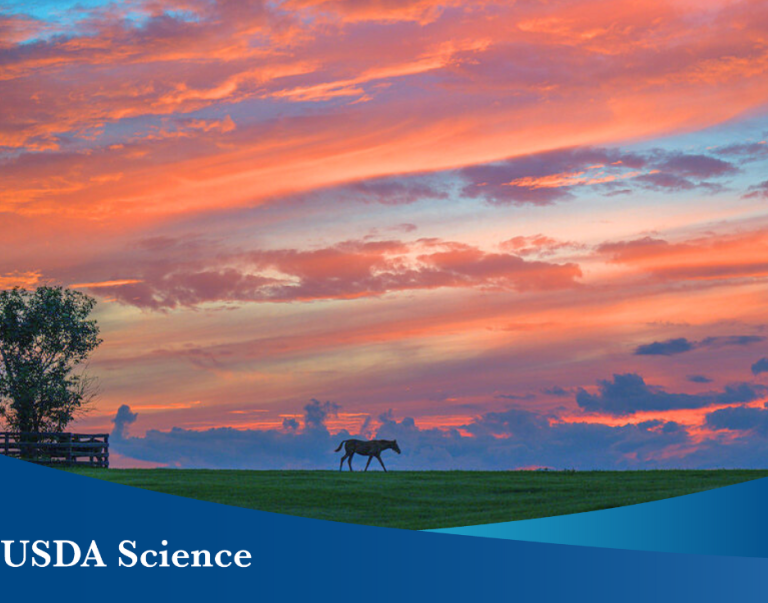As we reflect in celebration of USDA’s 150th anniversary, it’s easy to take pride in the problem-solving abilities of agricultural scientists since 1862.
The challenges in America have been great, including the Dust Bowl, wars, human health threats, and attacks on crops and animals from pests. Researchers have met these challenges and will continue to do so, while enabling growers to produce abundant food that is safe to eat.
Before the formal creation of the Agricultural Research Service (ARS) in 1953, USDA’s principal intramural scientific research agency, USDA scientists were already coming up with solutions.
Though penicillin was discovered in 1928, it wasn’t until 1940—when USDA researchers discovered how to make it as a powder—that the way was paved for distributing the drug as a pill. By 1942, 17 U.S. firms were making penicillin tablets, a crucial development for treating Americans here, and troops overseas.
In the wake of the Dust Bowl in the 1930s, USDA scientists developed conservation tillage practices to keep crop stubble in place and protect soil from high winds. These early efforts led to the development of no-till and other conservation tillage methods.
Pioneering scientists tackled a pest that, thankfully, many of us have never seen—the screwworm. Screwworm larva feed on living flesh, not just of livestock, but of humans as well. USDA researchers developed the technique of releasing sterilized male screwworm flies to disrupt the pest’s mating. By 1966, ARS and other USDA scientists had used this and other techniques to eradicate the pest from the United States.
In the grocery store, think of the colorful carrots and potatoes packed with healthful antioxidants, and fresh-cut produce that is nutritious, convenient, and safe to eat—plus frozen waffles, lactose-free milk, improved baby formulas, and delicious orange juice made from frozen concentrate. These items are improved—or can trace their very existence—thanks to ARS research.
Nonfood products developed or improved by ARS include insecticide repellents and alternative fuels, pharmaceuticals and cosmetics, soy-based fuels, inks, and hydraulic fluids, and compostable bowls, cups, plates, and trays.
The value of scientific exploration, however, is not limited to products.
Each day our scientists collect and preserve plant and animal germplasm (like seeds and semen) essential for tomorrow. These materials supply breeders with a treasure trove of genes that preserve our way of life and ensure our food supply. Threats to worldwide food security from crop diseases and other pests surface unexpectedly, and ARS researchers tap gene banks to find resistance and solve problems before they become serious.
A recent example is ongoing work to battle the menacing strain of wheat stem rust called Ug99, discovered in Uganda about 10 years ago. Commercial wheat had essentially no resistance. The disease is on the move, and so are ARS scientists—screening thousands of wheats from plant collections, identifying resistant lines and breeding them, then screening new wheats with collaborating scientists in the field in Kenya.
Ug99 will not be the last disease to pop up. Plant and animal disease outbreaks attack anywhere, any time. ARS researchers will be there to help.


